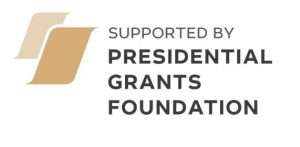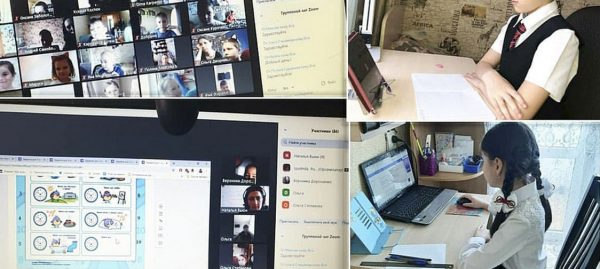 The Ministry of Education provided recommendations for schools for organizing the educational process during the pandemic. Mel published the link to the document. It explains in detail how distance learning should be organized and also suggests using hybrid formats, according to which a teacher or some students will not be inside the school.
The Ministry of Education provided recommendations for schools for organizing the educational process during the pandemic. Mel published the link to the document. It explains in detail how distance learning should be organized and also suggests using hybrid formats, according to which a teacher or some students will not be inside the school.
1. How many lessons will there be per day and per week?
A teacher must determine how many lessons per week will be conducted in the electronic format asynchronously (without direct interaction between a teacher and students on a real-time basis), and how many lessons will be conducted in the distance learning format. The optimal number is 2-4 lessons.
The number of distance learning lessons for first graders should not exceed four lessons per day, it should not be more than five lessons for 2nd-4th grades, six lessons for 5th-6th grades, and seven lessons for 7th-11th grades. In addition to these lessons, all students should have a physical education lesson on one of the days of the week.
2. What lessons should be taught online?
Lessons with a high difficulty level should be conducted in the distance learning format. They are recommended to be held as short video conferences.
3. What time will the “recess bell” be?
When scheduling online lessons, teachers are advised to keep in mind that there may be children from different grades in one family and to start lessons for different lessons at different times.
4. The duration of a lesson
The duration of a lesson can be 40-45 minutes, but the time that students spend in front of the computer screen should not exceed the sanitary rules and norms. For the rest of the lesson, a teacher can suggest doing independent work with the textbook, completing tasks in a notebook. 1st-2nd graders should not spend more than 20 minutes at the computer, 3rd-4th graders – more than 25 minutes, 5th-6th graders – more than 30 minutes, 7th-11th graders – more than 35 minutes. It is recommended to conduct physical activity breaks and do eye gymnastics during lessons.
5. Recesses
It is suggested to arrange recesses for at least 10 minutes and one big recess of 20-30 minutes between lessons. It is allowed to set two recesses of 20 minutes after the second and third lessons as an alternative to one big recess.
6. How much homework will there be?
The amount of homework for all lessons should be such that it should take no more than 1.5 hours in 2nd-3rd grades, 2 hours in 4th-5th grades, 2.5 hours in 6th-8th grades, and up to 3.5 hours in 9th-11th grades.
7. Class-chat
Homeroom teachers are advised to create a group in a messenger or a social network to coordinate parents, students, and teachers working with a class.
What to do if it is impossible to study online
If students or teachers do not have necessary devices and/or Internet access, the recommendations suggest using textbooks, manuals, reference books, didactic materials on paper or electronic media, as well as educational TV channels. It is suggested to give instructions for completing tasks to students via email or messengers of parents, relatives, or neighbors, as well as through mail or at school on certain days.
A teacher is in the classroom, and a child is at home. And other education formats
A school can decide to use hybrid education format depending on the available technical equipment and epidemiological situation.
Recommendations suggest the following hybrid formats:
-
a teacher is in the classroom, a student is at home (if only one class has been transferred to distance learning);
-
a teacher is at home, students are in the classroom, a volunteer is in the classroom (if a teacher is in the risk group, for example);
-
a teacher is in the classroom, some students are in the classroom, others are at home (for example, they are self-isolating after returning from a trip, for example);
-
a teacher is at home, some students are in the classroom, others are at home, a volunteer is in the classroom.
The transition to such education formats is appropriate when:
-
some students are on quarantine (for example, by the family decision or by doctors’ order);
-
students get to school using public transport, the family wants to minimize the number of contacts;
-
students or a teacher are in a risk group (for example, a teacher is over 65 years old, a teacher/student suffers from chronic diseases etc.).
Teachers who are not involved in lessons and students at pedagogical universities and colleges can be volunteers.
Offline synchronous education or its combination with distance learning is preferable for 1st-4th, 9th, and 11th grades. It is suggested to divide classes so that the first half of students attends school on Monday and Tuesday, the second half attends school on Thursday and Friday, and all students spend the rest of the days on distance learning.
Hybrid formats are preferable for 5th-8th and 10th grades. At the same time, the class occupancy rate should not exceed 50%. Children can study remotely only or attend certain lessons at the written request of their parent.
Translated by Julia Frolova

















